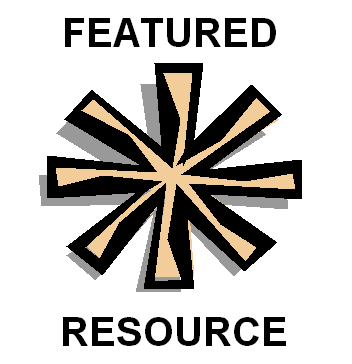 As an attorney, I’ve come to appreciate over the years how our state government in Ohio is quite helpful when it comes to putting resources on the Internet. You just need to know where to look for it. Since this blog is about Ohio real estate law, I wanted to provide an overview of the legal/regulatory or generally helpful information you can access through the Ohio Department of Natural Resources (ODNR), just by selecting the ‘Regulation’ tab on their web site navigation bar and viewing the pages for the following 4 ODNR divisions:
As an attorney, I’ve come to appreciate over the years how our state government in Ohio is quite helpful when it comes to putting resources on the Internet. You just need to know where to look for it. Since this blog is about Ohio real estate law, I wanted to provide an overview of the legal/regulatory or generally helpful information you can access through the Ohio Department of Natural Resources (ODNR), just by selecting the ‘Regulation’ tab on their web site navigation bar and viewing the pages for the following 4 ODNR divisions:In additional to having access to the various laws, regulations and permitting requirements, this division’s web pages provide searchable databases for well locations, other well data such as information on completion, permitting and production of the wells, and shale activityin the state.
“The Permitting, Hydrology and Bonding section reviews all permit applications to mine industrial minerals and coal; it verifies all bonding and surety requirements; and manages permit records, databases, and permit related information.
The Field Inspection and Enforcement program enforces the laws regulating active mining activities to ensure the protection of citizens and conservation of environmental resources; and oversees land reclamation requirements to assure operators restore mine lands and waters to productive uses.
The Abandoned Mine Land program eliminates health and safety hazards and cleans up lands and waters damaged by coal mining that occurred prior to today’s stricter reclamation laws; including reclamation of underground mine openings, dangerous highwalls, dangerous mine subsidence, and cleanup of hazardous and/or polluted water impoundments, acid mine drainage, burning coal refuse, and others.
The Mine Safety program promotes safe mining practices for the protection of miners through services that include inspections at surface and underground mines, focused on accident prevention; examination and certification testing; mine rescue support; and safety training.”
- Providing administrative guidance, training, program development support and financial to Ohio’s SWCDs, their board members and staff;
- Regulating construction and repair of dams and levees;
- Implementing agricultural and non-point source water pollution control programs;
- Maintaining and distributing data on all water resources including ground water levels, stream flow, and precipitation;
- Supporting and assisting fund local development of watershed management and protection action plans;
- Implementing a comprehensive statewide soils information program; and
- Maintaining standards for sediment control and stormwater management.
The web page for this division contains numerous mapping options including: a groundwater resources map, access to well water logsand technical assistance such as pipeline construction standards.
________________